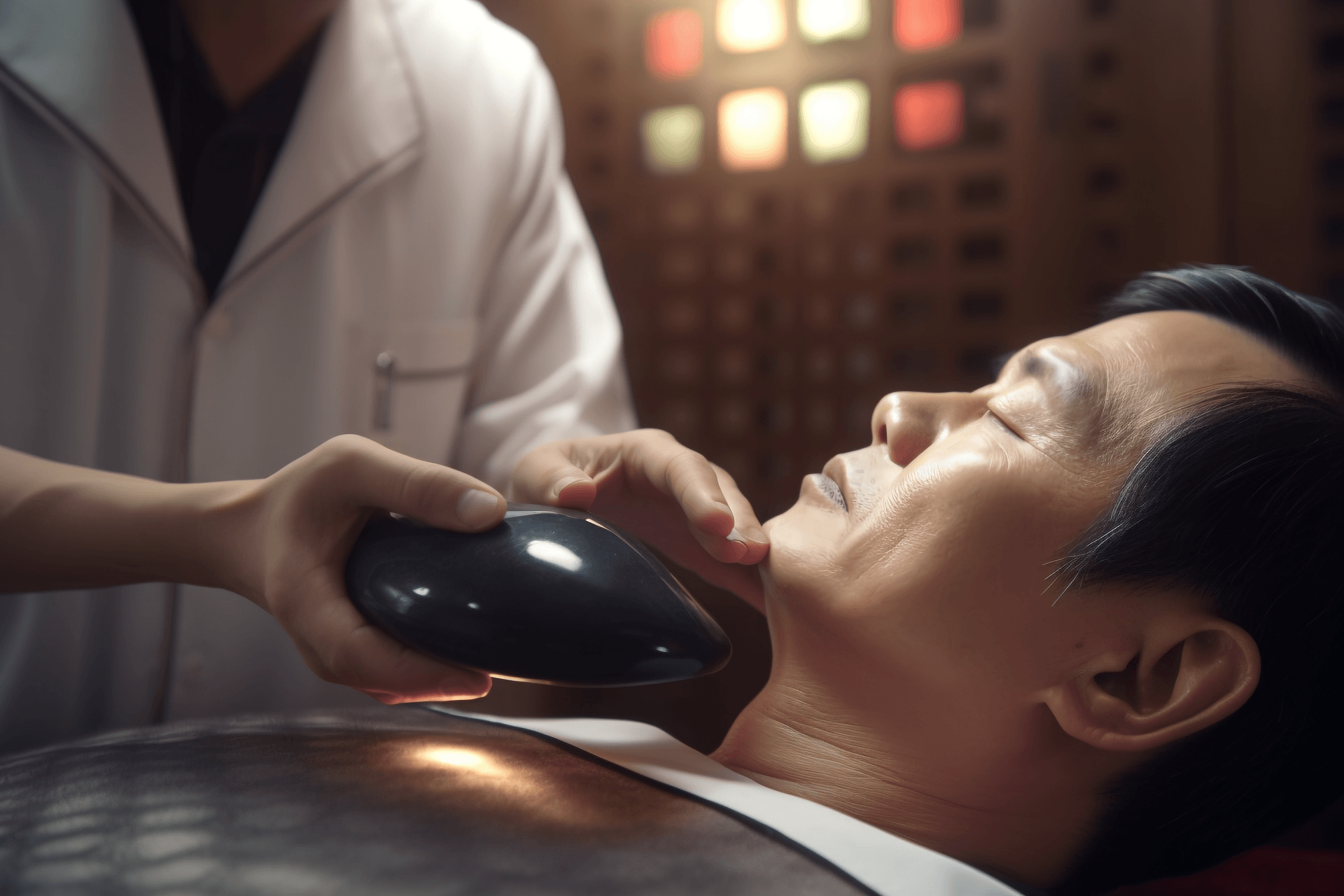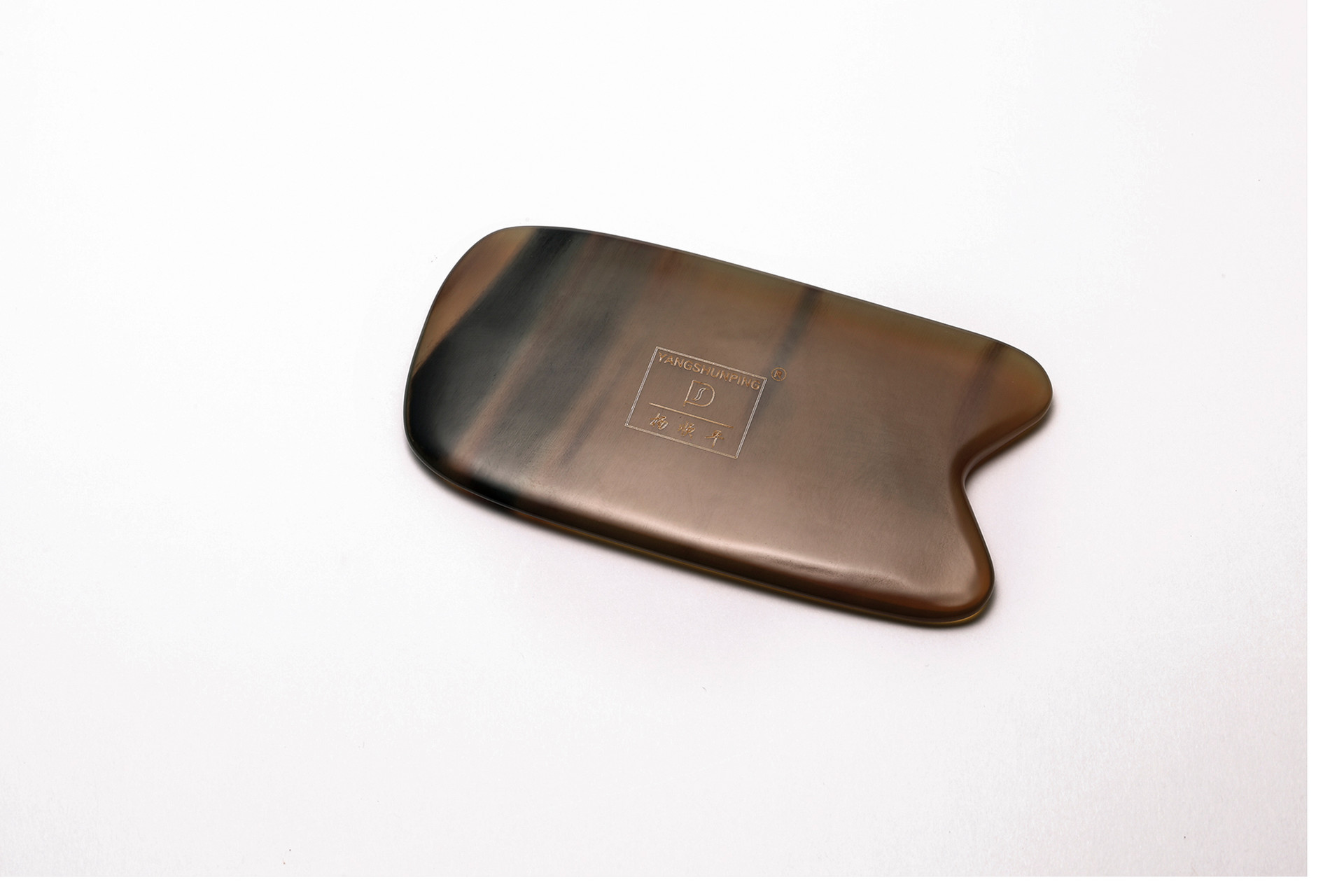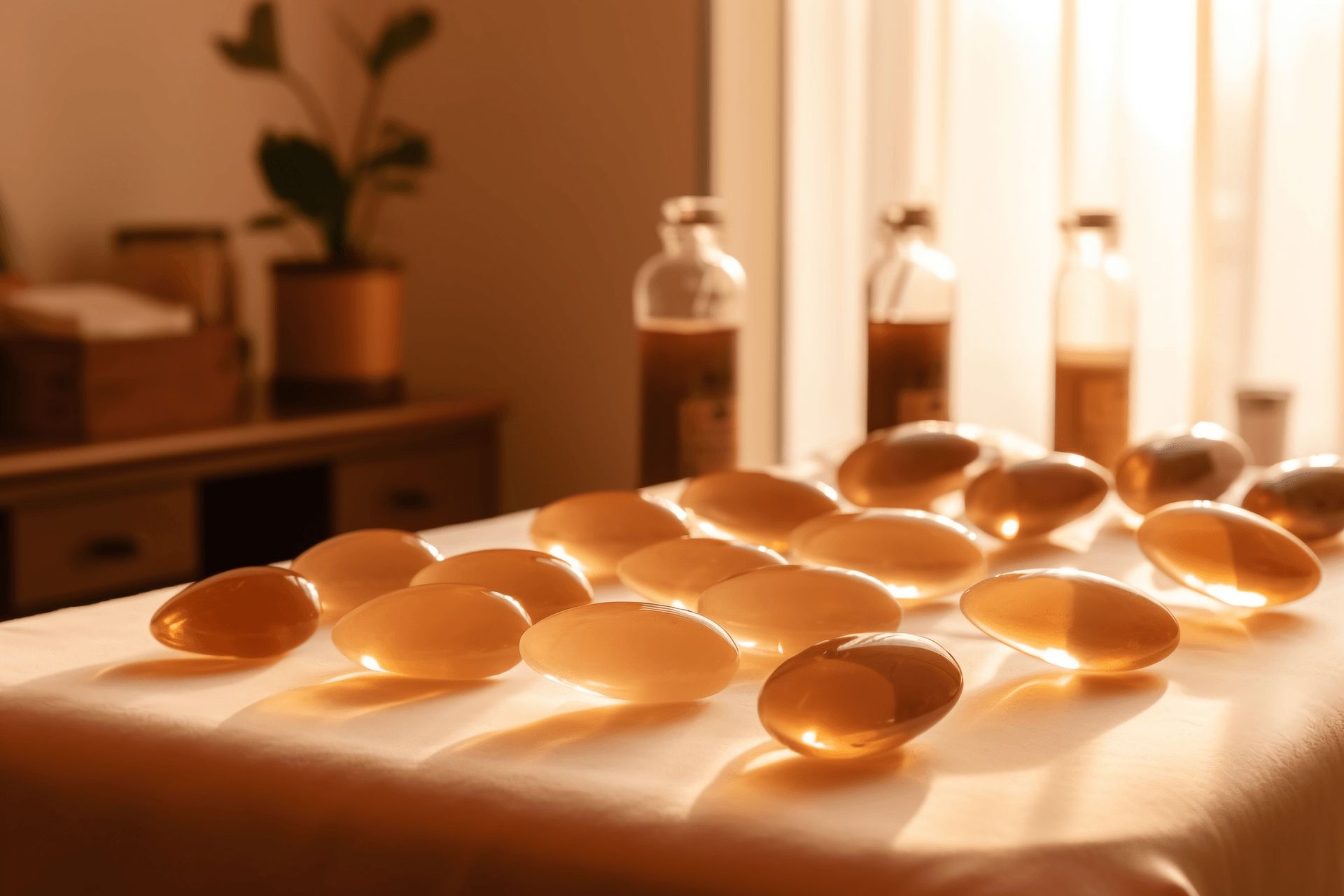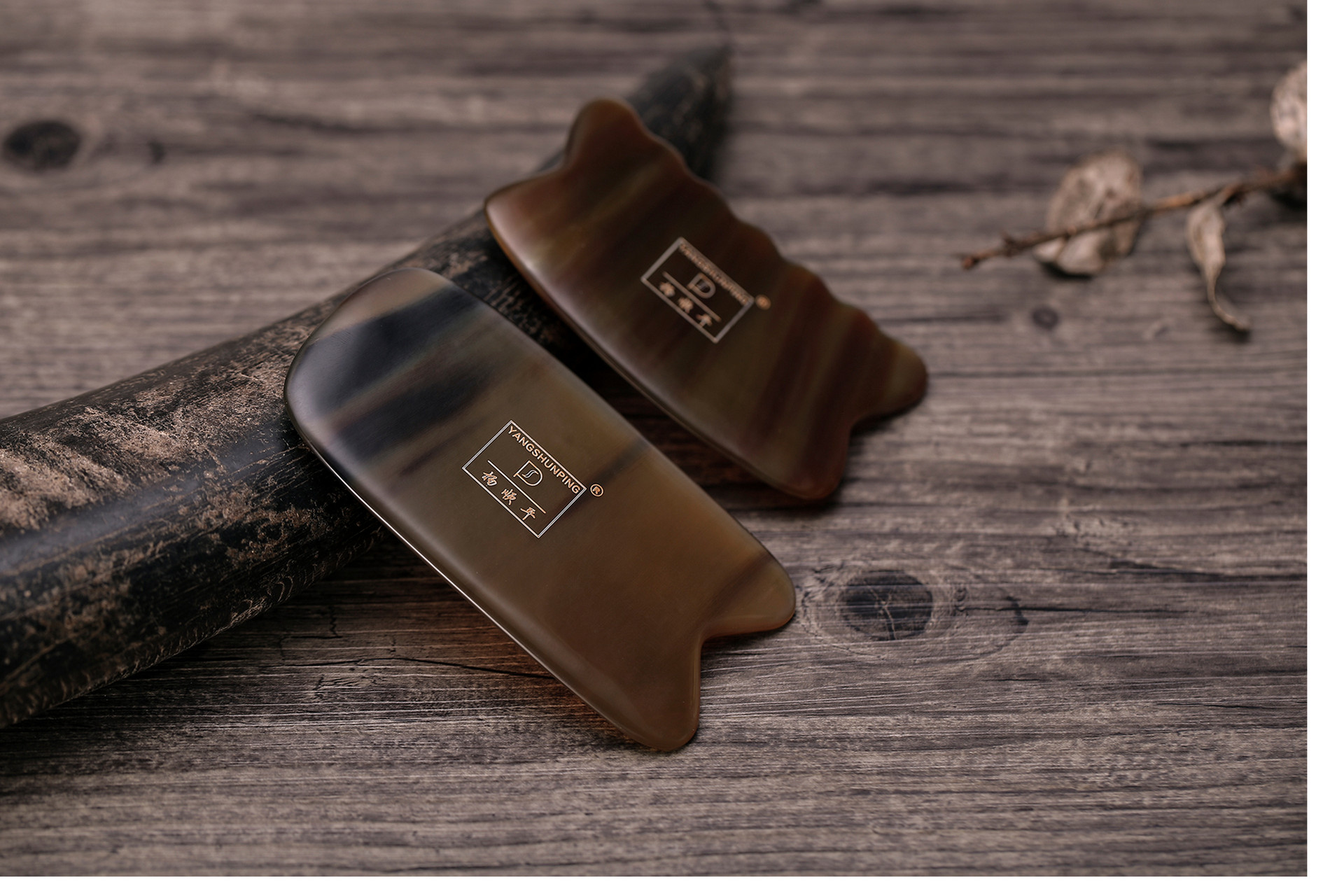Many health enthusiasts have tried gua sha, which is not only available in hospitals but also in many beauty salons and even at home. Gua sha is a traditional Chinese medical treatment that can assist in treating various ailments such as colds, hemorrhoids, and even aid in weight loss for beauty enthusiasts. So, do you know about the other benefits and precautions of gua sha? Let's take a look at the benefits of traditional Chinese gua sha.
Contents:
1. Benefits of gua sha
2. What diseases can be treated with traditional Chinese gua sha
3. Gua sha for weight loss
4. Gua sha for treating colds
5. Gua sha for treating hemorrhoids
6. Gua sha therapy for common gynecological diseases
7. Who should not use gua sha
8. Precautions for gua sha
Benefits of gua sha:
Gua sha is a traditional Chinese natural therapy that is guided by the theory of meridians and acupoints in traditional Chinese medicine. It involves using specialized gua sha tools and techniques to repeatedly scrape and rub the surface of the body, causing the appearance of red, grain-like spots or dark red bleeding points, known as "sha," and thereby promoting blood circulation and removing blood stasis. Due to its simplicity, convenience, affordability, and effectiveness, gua sha is widely used in clinical practice and is suitable for both medical treatment and home healthcare. It can also be used in combination with acupuncture, cupping, bloodletting, and other therapies to enhance the effects of promoting blood circulation, eliminating pathogenic factors, and detoxifying the body.
Common tools used in gua sha include gua sha boards and gua sha oil.
1. Gua sha board:
(1) Horn-based: Among the various materials used for gua sha boards, water buffalo horn is the most commonly used in clinical practice. Water buffalo horn has the properties of dispersing qi, promoting blood circulation, reducing swelling, softening hardness, and moisturizing. It is resilient, smooth, durable, easily available, and easy to process.
(2) Jade-based: Jade has the properties of moisturizing the skin, promoting blood circulation, detoxifying, calming the mind, and dispelling evil spirits. It has a warm and smooth texture, making it suitable for facial gua sha. After use, it should be cleaned properly, protected from collisions, and kept away from contact with chemical reagents.
(3) Bianshi (a type of stone) based: Bianshi is made from Sibin floating stone, which contains various trace elements and has a wide infrared radiation band. It can dredge meridians, clear heat and detoxify, soften hardness, and promote blood circulation in the local skin. For gua sha, the thickness of the bianshi gua sha board should be less than 3mm.
The materials used for gua sha tools are not fixed, and there are various forms available. Many everyday objects can be used as gua sha tools, such as coins, silver dollars, porcelain spoons, bamboo boards, cotton yarn, and seashells. Nowadays, gua sha tools made from modern materials such as resin and silicone are also available.
2. Gua sha oil:
(1) Liquid-based: Common options include cold water, plant oils (such as sesame oil, tea seed oil, rapeseed oil, soybean oil, peanut oil, and olive oil), and medicinal oils (such as safflower oil, trauma liniment, and rheumatism oil). These oils not only prevent the gua sha board from scratching the skin but also moisturize the skin, open the pores, and promote blood circulation and qi flow. Additionally, one can choose herbal medicines with properties such as clearing heat and detoxifying, promoting blood circulation and removing blood stasis, and unblocking meridians and relieving pain. These herbs can be decocted and used as medicinal liquid according to the condition of the disease.
(2) Cream-based: Select fine-textured substances such as petroleum jelly, moisturizing creams, snake oil, and trolamine salicylate cream. Extracts of Chinese medicinal herbs that have properties such as promoting blood circulation and removing blood stasis, unblocking meridians and relieving pain, and aromatic opening orifices can also be prepared as cream formulations. Store them in a cool, dry place away from light. Choose the appropriate gua sha medium according to the condition of the disease. For example, trolamine salicylate cream is effective for rheumatic joint diseases.
Principles of treating diseases:
1. The therapeutic pathways of gua sha follow the meridians and acupoints.
2. The therapeutic principle of gua sha follows the principles of health maintenance through meridians and acupoints.
3. Clinical observations of the therapeutic effects of gua sha. The principles of gua sha treatment are determined based on the nature of the disease, which can be summarized into yin and yang, exterior and interior, deficiency and excess, and cold and heat.
Therefore, in clinical gua sha treatment, based on the basic theories of traditional Chinese medicine, the four diagnostic methods of inspection, auscultation, inquiry, and palpation are used in combination with a comprehensive diagnosis to establish the eight principles.








